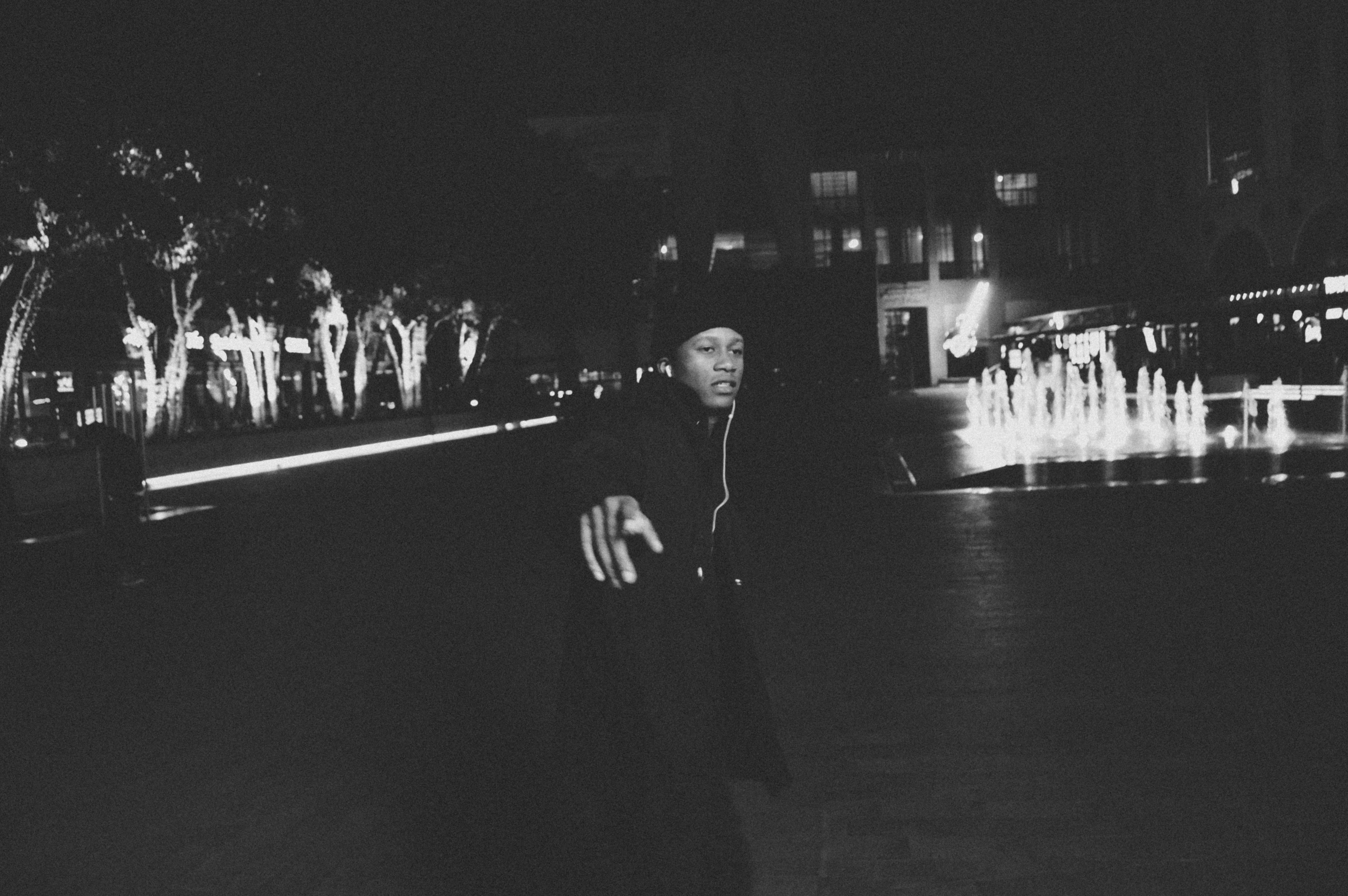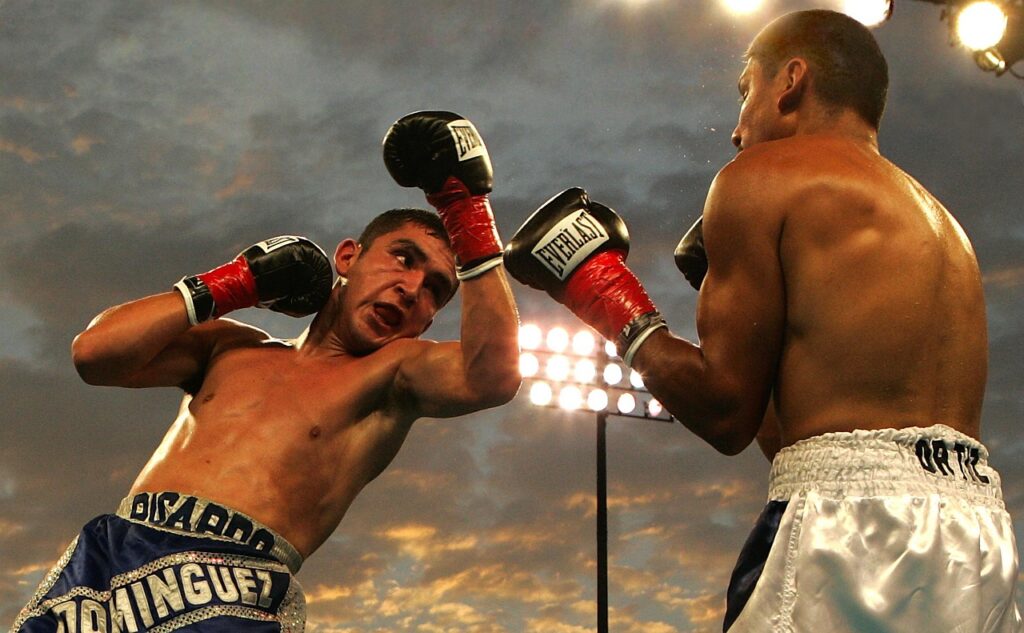Why Footwork Makes or Breaks a Fighter
You can throw the hardest right hand on the planet but if you’re off balance or out of range, it won’t land clean. Worse, it might leave you wide open. Position matters, and footwork puts you there. It’s how you launch offense and avoid damage. No step, no shot.
In 2026, where fighters are faster, smarter, and more adaptive, controlling the ring isn’t optional. It’s survival. Owning the center, cutting angles, dictating distance that’s how you win rounds and break rhythms. Without control, you’re reacting instead of attacking.
Footwork is the spine of your fight IQ. It’s the quiet skill behind the highlight knockout or slick dodge. And like all fundamentals, it can’t be faked. Build your fight from the ground up or get left flat footed while the game moves past you.
Drill 1: The Pivot
The pivot is basic but brutal when done right. It’s all about turning on the ball of your lead foot to shift angles without losing your base. Good pivots build balance into your stance and let you cut sharper lines around your opponent. You’re no longer standing in front of punches you’re slipping just outside and firing back.
The magic here is mobility with purpose. Left pivots slide you out of danger from orthodox jabs. Right pivots open up clean counters when a southpaw barrels in. It’s not flashy, but it’s deadly efficient.
Practice in front of a mirror or with shadowboxing. Keep your movement tight, shoulders level, and don’t drag the back foot. When something feels too easy, you’re probably doing it wrong. Done right, the pivot keeps you in the fight and just out of reach.
Drill 2: Lateral Movement Ladders
If you’re not cutting off the ring, you’re just chasing. Lateral movement ladders train your body to explode sideways with control. That means quick, compact steps not wild shuffles. It’s about coverage and coordination, not speed alone.
Set up agility ladders or tape lines on the floor. Move laterally across them, focusing on fast feet and tight form. No dragging, no crossing legs. Stay low, stay light. Add intensity in layers start with bodyweight drills, then bring in reactive cues or partner calls.
Over time, this trains your timing to intercept and pin down an opponent, not just follow them. Cutting angles becomes second nature. Your feet will form the trap before your hands even fire.
Use this drill two to three times a week, before or after main rounds. It’s not flashy but neither is domination from ring control.
Drill 3: Forward Backward Shuffle

Simple? Yes. Easy? Never. The forward backward shuffle is one of the cleanest ways to sharpen your sense of range and timing. You’re not just bouncing around you’re learning how to step in without walking into danger, and step out without giving up ground. Stay light on the balls of your feet, keep your guard up, and focus on controlling every inch of movement.
This drill builds rhythm. It makes distance control second nature. You’ll know when you can strike and when you need to reset. And once your footwork flows, start mixing in punches jabs on the step in, pivots after a combo, defensive slips on the retreat. That’s when this drill stops being practice and starts being a real fight warmup. Earn your range. Keep your balance. And never stop moving with purpose.
Drill 4: Circle the Cone
This drill does two key things: it teaches you to move around the threat not just away from it and it sharpens your spatial awareness in the ring. Too often, beginners default to retreating in straight lines when pressured. That’s predictable. Circle the Cone forces you to think in curves, to create angles that open up your offense while keeping you off the center line.
Set a cone (or any marker) in the middle of the ring or training floor. Position yourself a few feet away, assume guard, and start moving around the cone clockwise, then switch. Stay in stance. Maintain your distance. The point isn’t to run it’s to glide. Think of stalking without stopping.
To level it up, add jabs or head movement at specific compass points. North, fire a 1 2. West, slip and roll. East, pivot and cut. This gets your brain working alongside your feet, building a rhythm fighters can actually use in a live round.
Footwork isn’t just cardio it’s ring IQ in motion.
Drill 5: Shadowboxing With Footwork Focus
Shadowboxing isn’t just for warming up it’s a crucial drill for refining your footwork without distraction. By stripping away the bags, pads, and partners, you’re left with just your body, your balance, and your awareness. This isolation forces you to focus on the purity of movement and intentional patterns.
Why This Drill Works
No equipment needed: Ideal for solo training anywhere, anytime
Movement becomes the main event: Without punches to land or defend, footwork takes center stage
Builds internal rhythm: The more you repeat quality motion, the more it becomes muscle memory
What to Practice:
Intentional Steps: Focus on proper movement mechanics no wasted steps or unnecessary hops
Dynamic Rhythm: Practice changing speeds without losing balance
Controlled Transitions: Glide between forward, back, lateral, and circular motion fluidly
Add Slips and Rolls
To elevate the drill, incorporate head movement:
Mix in slips after pivots to simulate dodging jabs
Use rolls at angle breaks to mimic counter set ups
Blend defensive motion into your footwork so they become one seamless skill
Shadowboxing with a footwork focus helps you internalize both offensive and defensive positioning. Whether preparing for sparring or competition, carving time out to master your own movement makes everything else sharper.
Pro Tip: Pair With Pad or Bag Work Strategically
Footwork is only theory until it’s tested. Bag and pad work are where you find out if your movement holds up when you’re fatigued, pressured, and forced to react. Use the heavy bag to drill pivots, sidesteps, and resets after every combo. Don’t just plant and swing move in, strike, and reset your position. If your feet aren’t driving the rhythm, you’re just punching shadows.
Pad sessions add another layer. A coach can push tempo, call angles, and expose sloppy movement in real time. It’s less predictable than the bag, closer to live fire. Purpose matters: don’t drift through rounds work distance, create angles, reset on command. That’s the difference between moving and outmaneuvering.
For a deeper look at how pad and bag work complement your skills, check out Pad Work vs Heavy Bag What’s Better for Skill Development?
Stay Sharp, Stay Fluid
Footwork isn’t something you’re born with it’s something you grind for. You can have all the speed and power in the world, but if you can’t stay balanced or get where you need to be, those tools won’t matter when the bell rings. Treat footwork like any other skill: reps, drills, discipline. There’s no shortcut.
But don’t just go through the motions. Movement needs intent. Every step should have purpose whether it’s cutting an angle, creating distance, or setting a trap. Mindless bouncing looks good on camera but falls apart under fire. Smart movement wins rounds.
In the end, mastering your movement means mastering the fight. The fighters who own the ring, who can flow with pressure and create their own rhythm they dictate the terms. If you want to lead, not follow, it starts with your feet.
